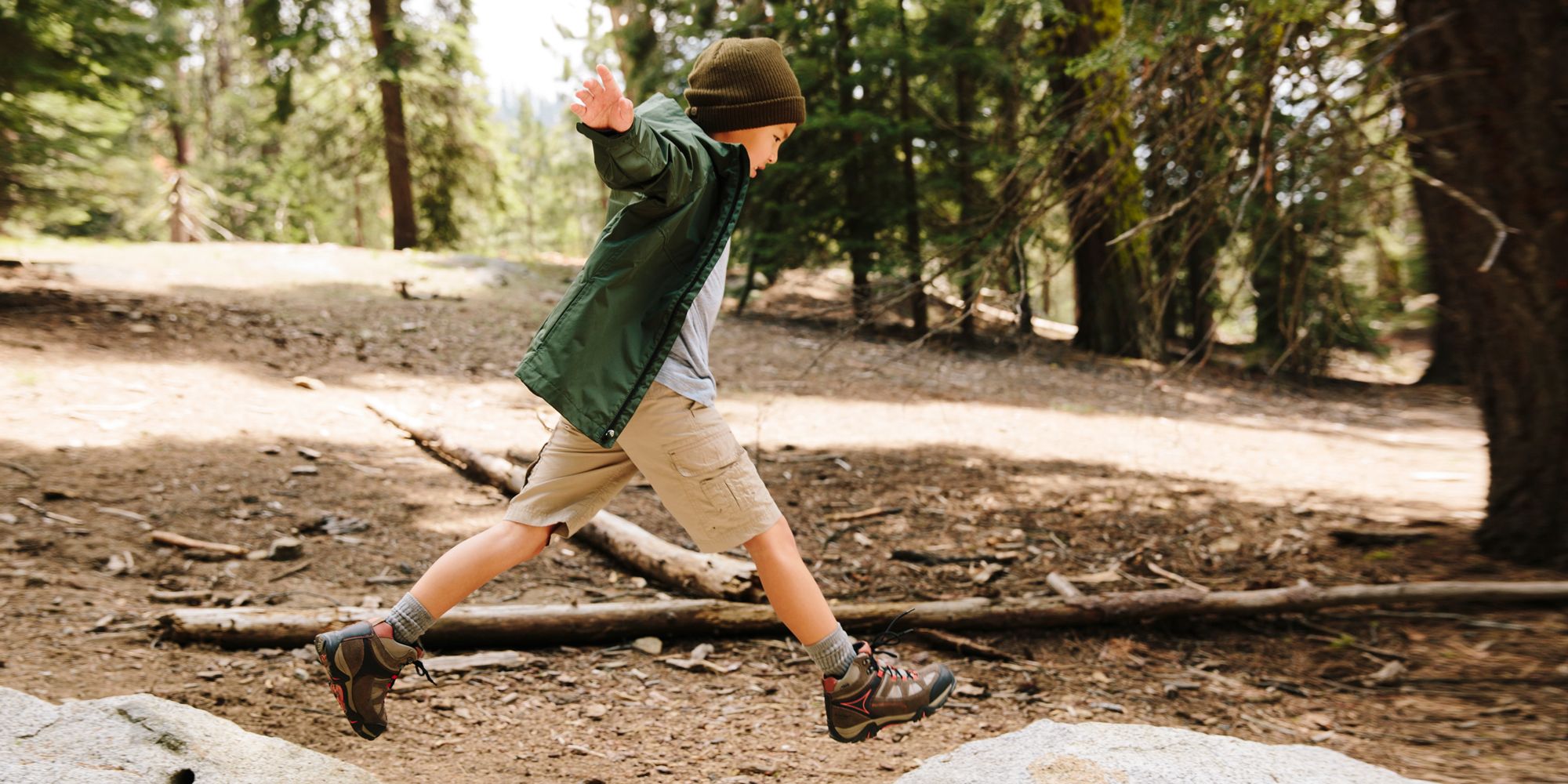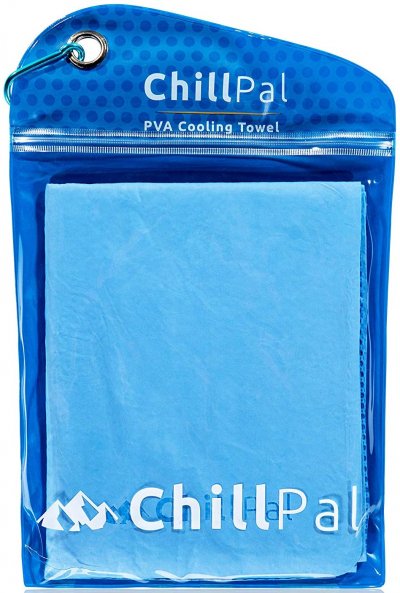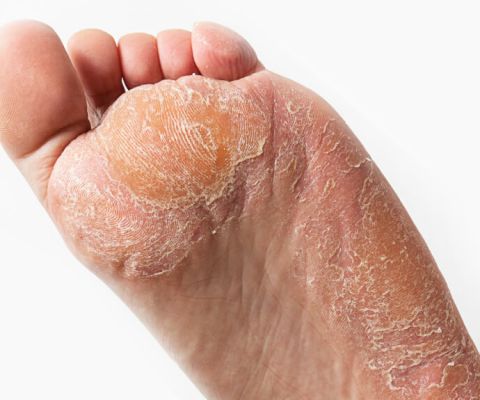Walking vs Running a Mile: What’s Better for Weight Loss?
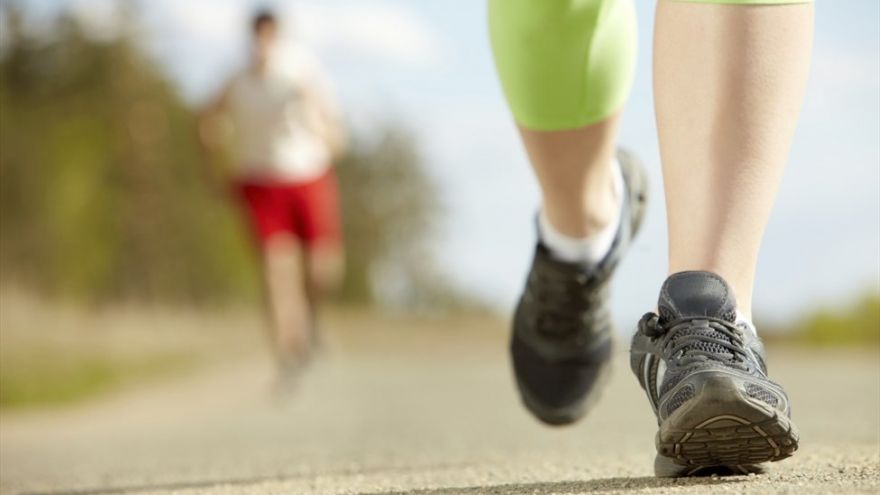 Walking vs Running a Mile: What’s Better for Weight Loss? www.walkjogrun.net
Walking vs Running a Mile: What’s Better for Weight Loss? www.walkjogrun.net Many people start walking or running in an attempt to lose weight. Even if you have never before ventured on a fitness journey, you likely understand the basic premise behind weight loss. It is very simple really. You need to be burning more calories than you take in if you intend to lose weight.
It sounds simple and in theory, it is. However, getting your body to burn more calories than you consume in a day can take you on a tricky and complicated journey.
First Step: Diet Modification
You probably sought out this post in order to determine how many calories you will burn walking a mile, as opposed to how many calories you would burn running a mile. While that is great information, let’s not jump ahead of ourselves here. First things first. If you are concerned about calories burned, you are likely embarking on a weight loss journey.
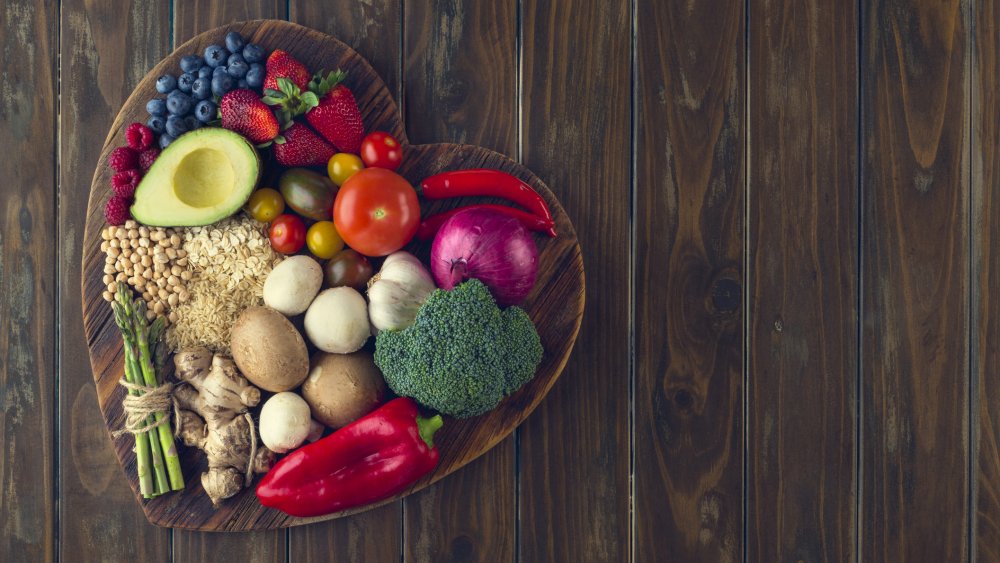
In order for you to lose weight, there are a few things you should do first. Taking these few baby steps on what you put into your body will go a long way in helping you burn calories and lose the weight you want to lose.
✓ Drink More Water: You read it all the time but how many of us heed the advice? Your body runs best when properly hydrated. And did you know that often when you feel hungry, you are actually thirsty? Drinking more water will help you stay hydrated, feel less hungry and also burn more calories.
✓ Cut Out Fast Food: It is convenient but if you are looking to do your body one favor, cut out fast food. It simply is not treating your body like the temple that it is if you are noshing on burgers and fries.
✓ Eat Real Food: Wait, isn’t all food real? Well, sure it is; however, that isn’t what we mean. Try to ensure that a high percentage of the food you consume is food in its most natural state. That means lean meats, fresh vegetables, beautiful whole fruits, and whole grains in a natural form.
Certainly, you don’t have to give up everything you love to snack on, but if 80-90% of your food in a day comes from real food in its natural state, you are doing your body a favor!
✓ Plate Your Food: Of course you will put your food on a plate, but that isn’t what I mean. I mean plate your food up by the stove then sit down to eat it. If your food is plated and portioned and the rest of the food has been put away, you are less tempted to reach for more.
✓ Avoid Sauces: Although delicious, sauces that you cook in or add to food after cooking tend to add extra calories, preservatives and sugar. Don’t fall into the trap.
✓ Mindful Eating: Don’t multitask while you eat. Actually, focus on the food in front of you. Enjoy each bite. Pause between bites. If you are eating while working or watching TV, you likely will end the meal feeling unfulfilled.
Adding Workouts
One mistake people commonly make is to try to make dietary changes and also add exercise right away. I would caution you that if you overhaul too much at once, you may end up frustrated.
Take small steps toward changing your lifestyle and gradually get to where you want to be. Statistically, these people find the most success.
Walking is a Great Exercise!
Many people will ask, ” How many calories do you burn walking a mile?”, The answer is not one size fits all. The number of calories you will burn depends on a few things. First, the weight of the person walking is important to note. A 180-pound person will burn more calories covering the same distance at the same speed as a 120-pound person.
Second, the speed you are walking is important to consider. Walking briskly burns more calories than a casual stroll. Also, how far you walk matters. Lastly, the terrain also matters. If you are walking briskly up and down rolling hills, you burn more calories.
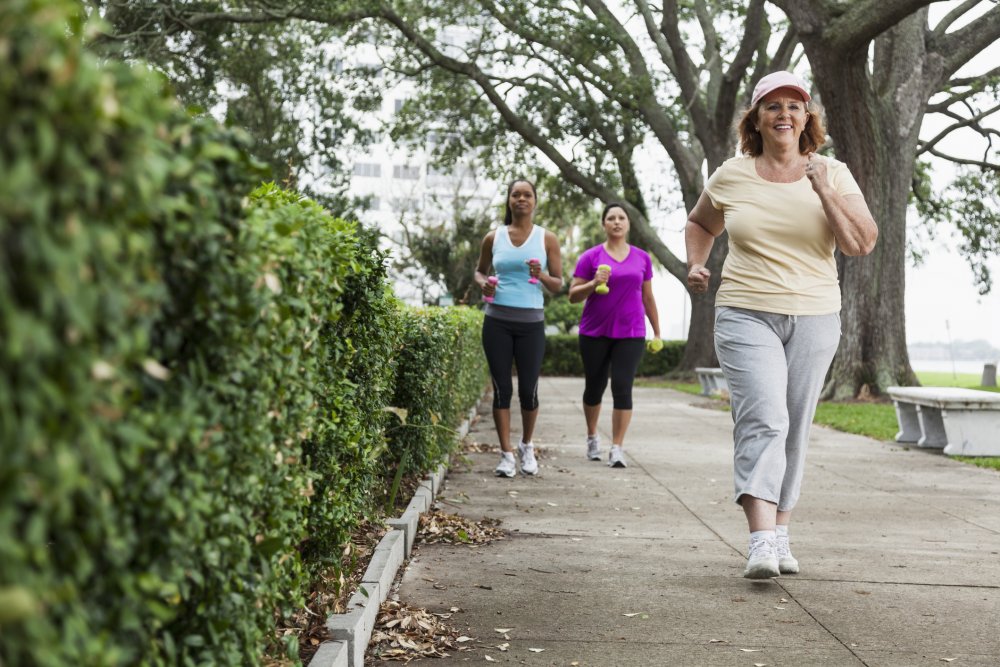
If you are on a treadmill for your walking workout, amping up the incline is an excellent way to ignite the calorie-burning machine in your body.
According to Harvard Health, if you take three people and get them moving for 30 minutes, you will see very different caloric burn based on the size of the person. A 125-pound person walking about 3.5-4.0 mph will burn 135 calories in 30 minutes. A 155-pound person will burn 133 calories in that same time while and a 185-pound person closer to 160 calories.
How Many Calories Do You Burn Running a Mile?
Let’s look at running now. A person running around a 12-minute mile for about 30 minutes will burn: 240 calories for a 125-pound person, 288 calories for a 155-pound person and a whopping 336 pounds for an 180-pound person.
If you are that person to a cross country course where he or she is going up and down hills and running through grass, that calories burn automatically goes up.

What happens as the person gets faster? Overall, the person will start to burn more calories as the runs speed up. However, if you are also losing weight, remember you are burning fewer calories.
Regular Training Can Reduce Caloric Expenditure
Another piece of the puzzle is that the longer you train, the greater chance you will become more efficient a runner and lower your caloric expenditure. This means your body acclimates and you suddenly get less caloric “benefit” from your workout.
One way to keep this from happening is to always keep your body guessing. If you run the same 3-mile route at the same pace five days a week, your body simply gets used to this. However, if you do speed work one day, hill work another day, jump on your bike a couple of days and have a long run at an easy pace to wrap up the week, you are forcing your body to keep guessing.
Adding variety to your workout regiment is good for your body and brain.
Whether you are exercising for cardiovascular reasons or weight loss, to get the most bang for your buck you should mix things up. You won’t regret it!








